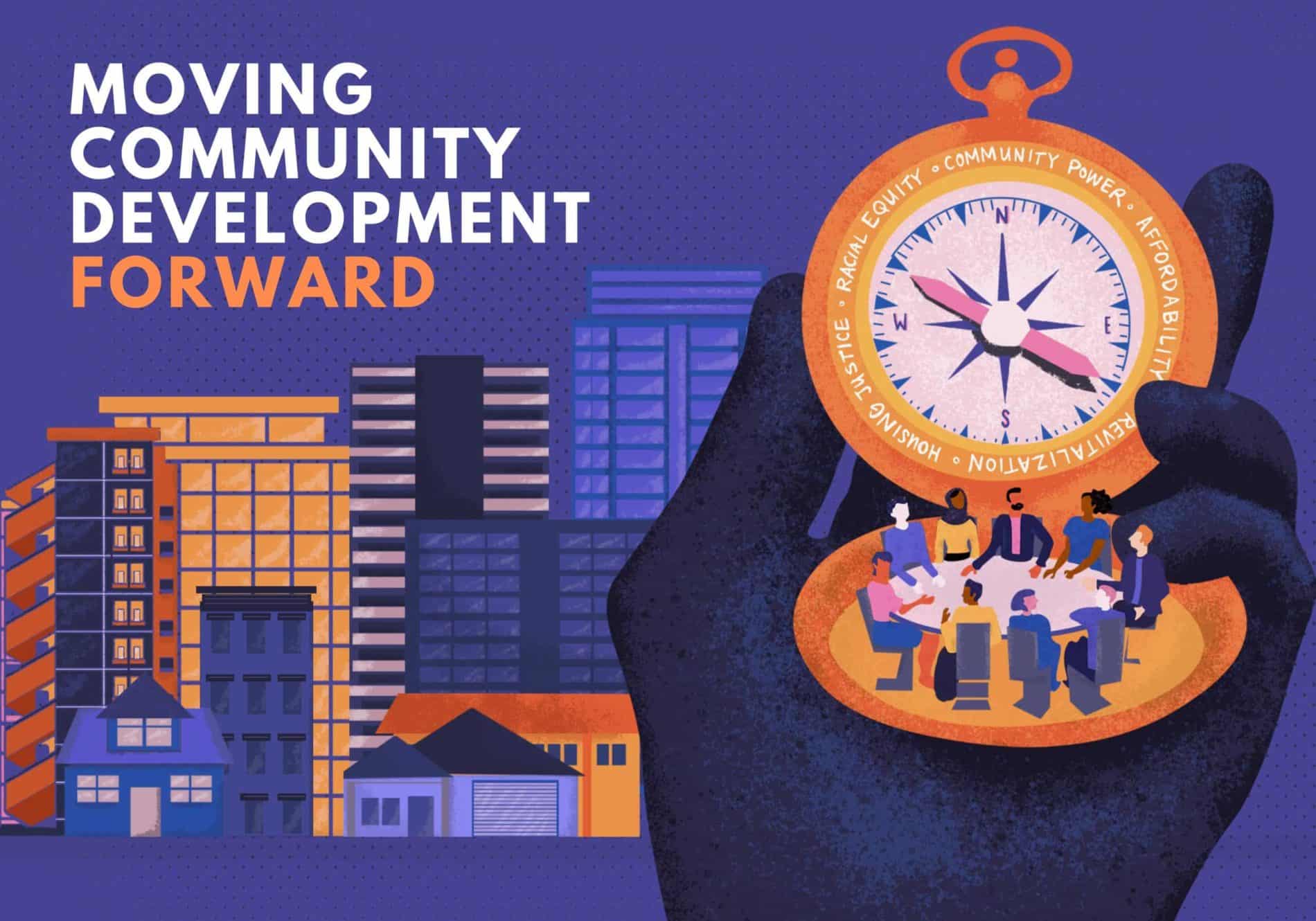
A home purchased and renovated by LIHP. Courtesy of Long Island Housing Partnership
After 30 years and the development of thousands of units of affordable housing, the Long Island Housing Partnership Inc. (LIHP) and its affiliates are now concentrating on the Community Land Trust (CLT) model. This is because the past several years have created a perfect storm of high land values, high taxes, the proliferation of zombie properties from the Great Recession and Superstorm Sandy, NIMBYism, development approval timeframes that span multiple years, and so much more. With all these challenges, the need for affordable housing continues to increase, and so we must continue to innovative.
The CLT model is an effective tool for both providing affordable housing and addressing the many development challenges facing Long Island. In this model, LIHP’s CLT owns the land; the buyer owns the structure and has a 99-year lease on the land. The CLT model fosters affordability because as the nonprofit owns the land, the purchasers pay only for the structure. In some cases, the property taxes are based on the value of the structure, further increasing affordability for buyers.
With support from Citi Community Development, the founding corporate partner of LIHP’s CLT, we’ve been able to acquire foreclosed properties through direct purchase and transfer from municipalities, and have also received Superstorm Sandy properties from the State of New York. These properties are being renovated, redeveloped, and will then be sold to eligible purchasers. LIHP also provides homeownership training to the buyers to help prepare them for the responsibilities.
A significant benefit of the CLT model is that it allows homes to remain affordable in perpetuity. This is a clear benefit to taxpayers, whose contribution is then protected for the long term—something that has been very difficult to achieve with other programs.
The CLT model also allows for creativity. For example, LIHP is working with the Town of Brookhaven on a development with homeownership units and accessory apartments on tax-foreclosed properties that were transferred from Suffolk County, to the town, and ultimately to LIHP. In this development, the CLT will own the land, and each homeownership unit will have an accessory apartment. This will provide income to the homeowner and create an affordable rental unit. Both the ownership and rental units will remain affordable in perpetuity.
Another example of the pivotal role of CLTs is the Rebuild Long Island Program. LIHP acquired Superstorm Sandy-damaged properties, which will be demolished and rebuilt in accordance with current FEMA standards. The homes will then be sold to purchasers earning under 80 percent of area median income for Long Island, and LIHP will own the land. Many of these properties are in areas with high land value, and without the CLT model, it would likely be impossible to create affordable homes in these communities, no less keep them affordable.
There are several CLTs on Long Island, but they are typically limited to one community. LIHP’s CLT covers all of Long Island, meaning 2 counties, 2 cities, 10 towns, and 95 villages. Our structure enables us to leverage many different property sources, but it also means that our work is complex, and capacity is key.
Capacity is key for all CLTs. Citi Community Development and Grounded Solutions Network are scaling up the CLT field through a new CLT Accelerator program so that more of us across the nation can secure critical technical assistance and gain scale. LIHP has benefited from this firsthand, with help on the development of leasing documents and marketing materials.





Comments